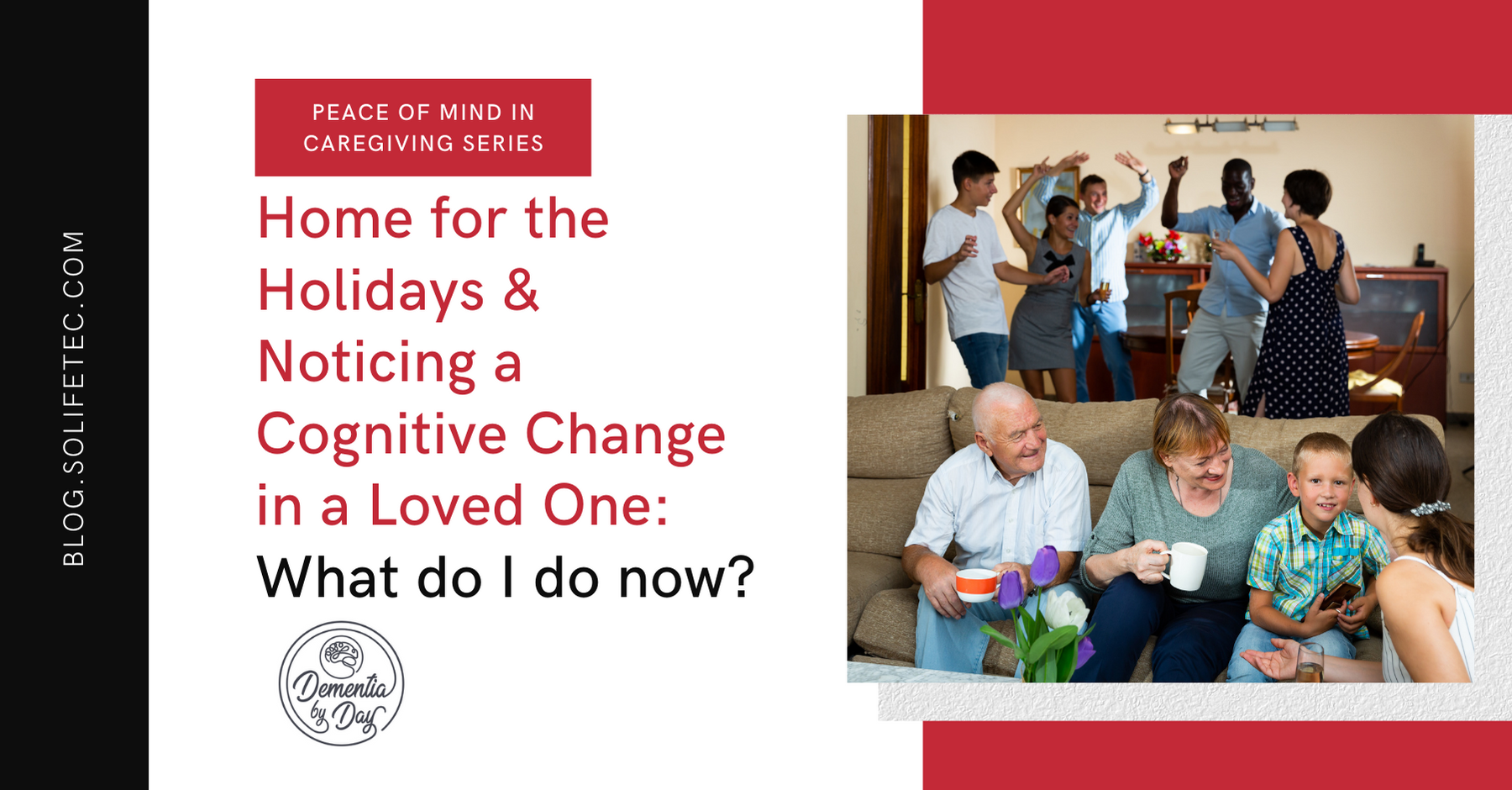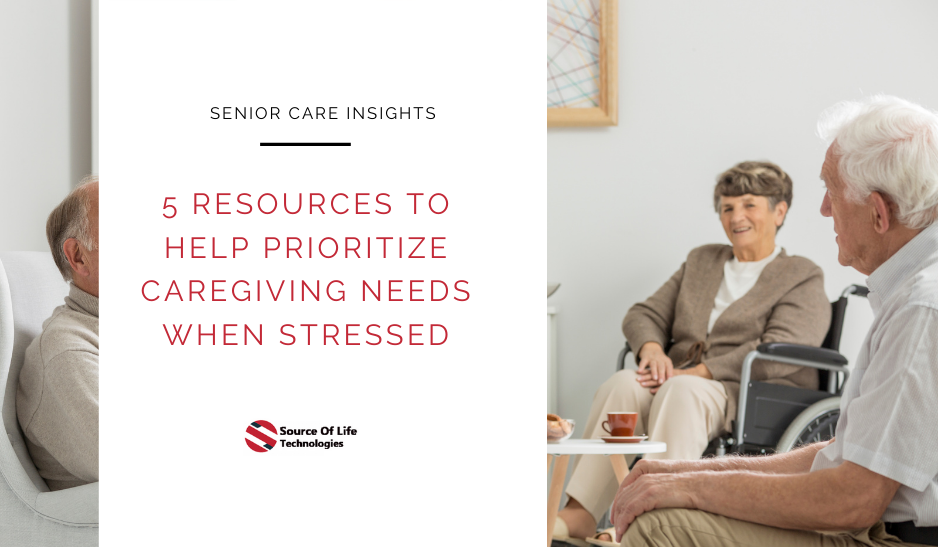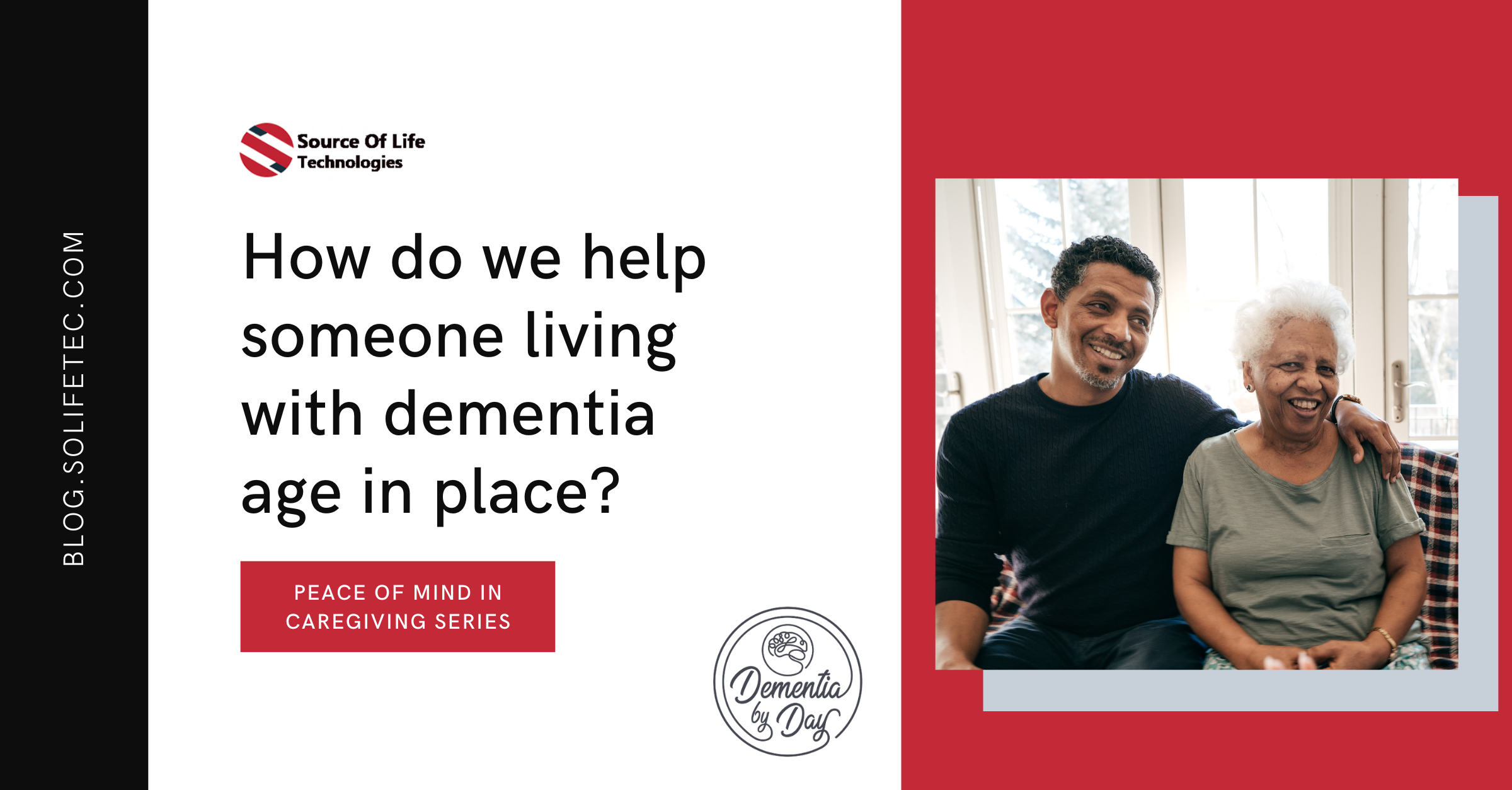Home for the Holidays & Noticing a Cognitive Change in a Loved One: What do I do now?

By Rachael Wonderlin, Dementia By Day, Consultant to Source of Life Technologies
How did you first notice that a loved one might be living with dementia? For many families, it’s what I call, “That One Weird Thing.”
“That One Weird Thing” stands out because it’s unique to every individual. Consider this: every year, Mom always transitioned seamlessly from Thanksgiving decor to Christmas decor. December 1st meant Thanksgiving going back into the closet and the basement while Christmas began springing up around the house. This year, however, things are different: it’s December 23rd and she still hasn’t fully decorated for Christmas.
We have been conditioned to look for memory impairments when it comes to dementia. This often means that other signs of dementia—such as trouble with logic, understanding safety at home or while driving, general decision-making or planning challenges—are missed. I tell families to look out for “That One Weird Thing” because it’s completely unavoidable if they’re paying attention: it will simply jump out at them as being odd.
Families often tell me about That One Weird Thing before I even ask: “We noticed that dad hadn’t paid his bills, but he was always so careful and consistent with money,” or, “I came home for the holidays and noticed that mom was misplacing things in her always-organized kitchen. That’s when I knew something was off.”
So, what do you do when you notice that a loved one’s health has changed?
Step one is both acceptance and education: accepting that something has changed and deciding to educate yourself about it. Too many people spot dementia and then bury their head in the sand because it’s just too scary to face. I completely understand the desire to push the painful truth away, but it will only cause you more heartache and challenges in the future.
Step two is making a plan. This doesn’t need to be a detailed plan, but it does need to have a few “whens” or “what ifs.” I highly recommend journaling or simply writing down questions or thoughts that come to your mind. “What do I do if mom needs to move into senior living?” It sounds overly simplistic, but putting pen to paper is a powerful way of getting thoughts out of your head and into an actionable place.
Step three is bringing other people into your plan and into the educational process. Dementia caregiving is a journey, and not one that any person should go through alone. You need and deserve people in your life who will help you and help your loved one living with dementia. Join a support group, either virtually or in-person. Meet other caregivers who know and understand what you’re going through.
Even though we do not currently have a cure for dementia, there is help. Seek education and information, make plans, and ask for help before you need it.
From senior care fall strategies to online engagement and mobile app opportunities, healthcare shouldn’t be reactive - it should be proactive. Doors have been opened to on-demand healthcare and it turns out the overwhelming majority of patients, physicians, families and therapists want to continue down that path. The decision to modernize your senior care strategies is a big one and doesn’t happen overnight. Talk to the Source of Life Technologies team for the guidance and direction you need to make the change in your organization or home.

